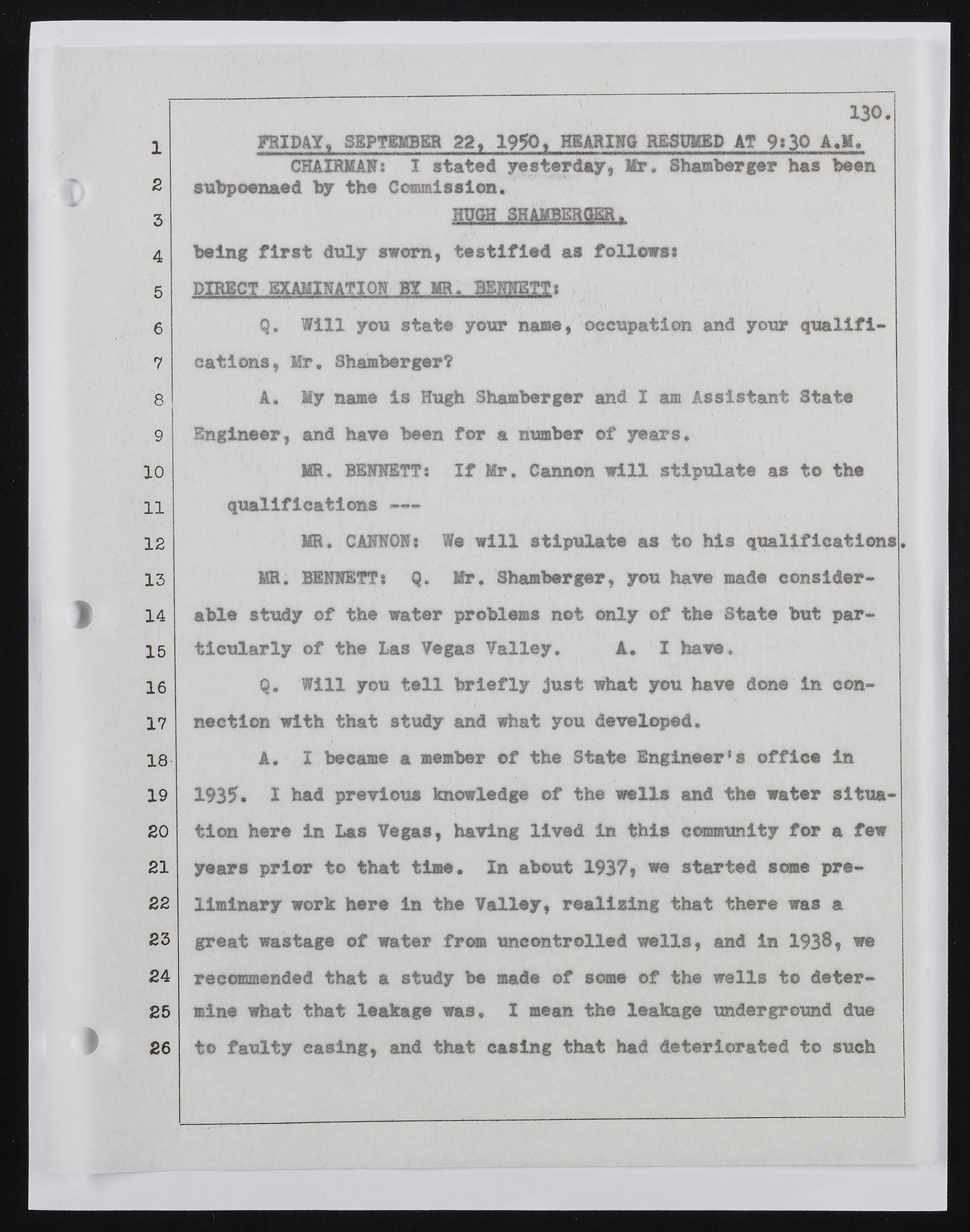Copyright & Fair-use Agreement
UNLV Special Collections provides copies of materials to facilitate private study, scholarship, or research. Material not in the public domain may be used according to fair use of copyrighted materials as defined by copyright law. Please cite us.
Please note that UNLV may not own the copyright to these materials and cannot provide permission to publish or distribute materials when UNLV is not the copyright holder. The user is solely responsible for determining the copyright status of materials and obtaining permission to use material from the copyright holder and for determining whether any permissions relating to any other rights are necessary for the intended use, and for obtaining all required permissions beyond that allowed by fair use.
Read more about our reproduction and use policy.
I agree.Information
Digital ID
Permalink
Details
Member of
More Info
Rights
Digital Provenance
Publisher
Transcription
1 2 3 4 5 6 7 8 9 10 11 12 13 14 15 16 17 18 19 20 21 22 FRIPAY, SEPTEMBER 22, 19502 HEARING RESUMED AT 9:30 A.M. CHAIRMAN: I stated yesterday, Mr. Shamberger has been subpoenaed by the Commission. HUGH SHAMBERGER. being first duly sworn, testified as follows) DIRECT EXAMINATION BY MR. BENNETT; Q. Will you state your name, occupation and your qualifications, Mr. Shamberger? A. My name is Hugh Shamberger and I am Assistant State Engineer, and have been for a number of years. MR. BENNETTt If Mr. Cannon will stipulate as to the qualifications —- MR. CANNON: We will stipulate as to his qualifIcations? MR. BENNETT: Q. Mr. Shamberger, you have made considerable study of the water problems not only of the State but particularly of the Las Vegas Valley. A. I have. Q. Will you tell briefly Just what you have done in connection with that study and what you developed, A. I became a member of the State Engineer’s office in 1935* I bad previous knowledge of the wells and the water situation here in Las Vegas, having lived in this community for a few years prior to that time. In about 1937» we started some preliminary work here in the Valley, realizing that there was a great wastage of water from uncontrolled wells, and in 1938, we recommended that a study be made of some of the wells to determine what that leakage was, I mean the leakage underground due to faulty easing, and that casing that had deteriorated to such 130.

